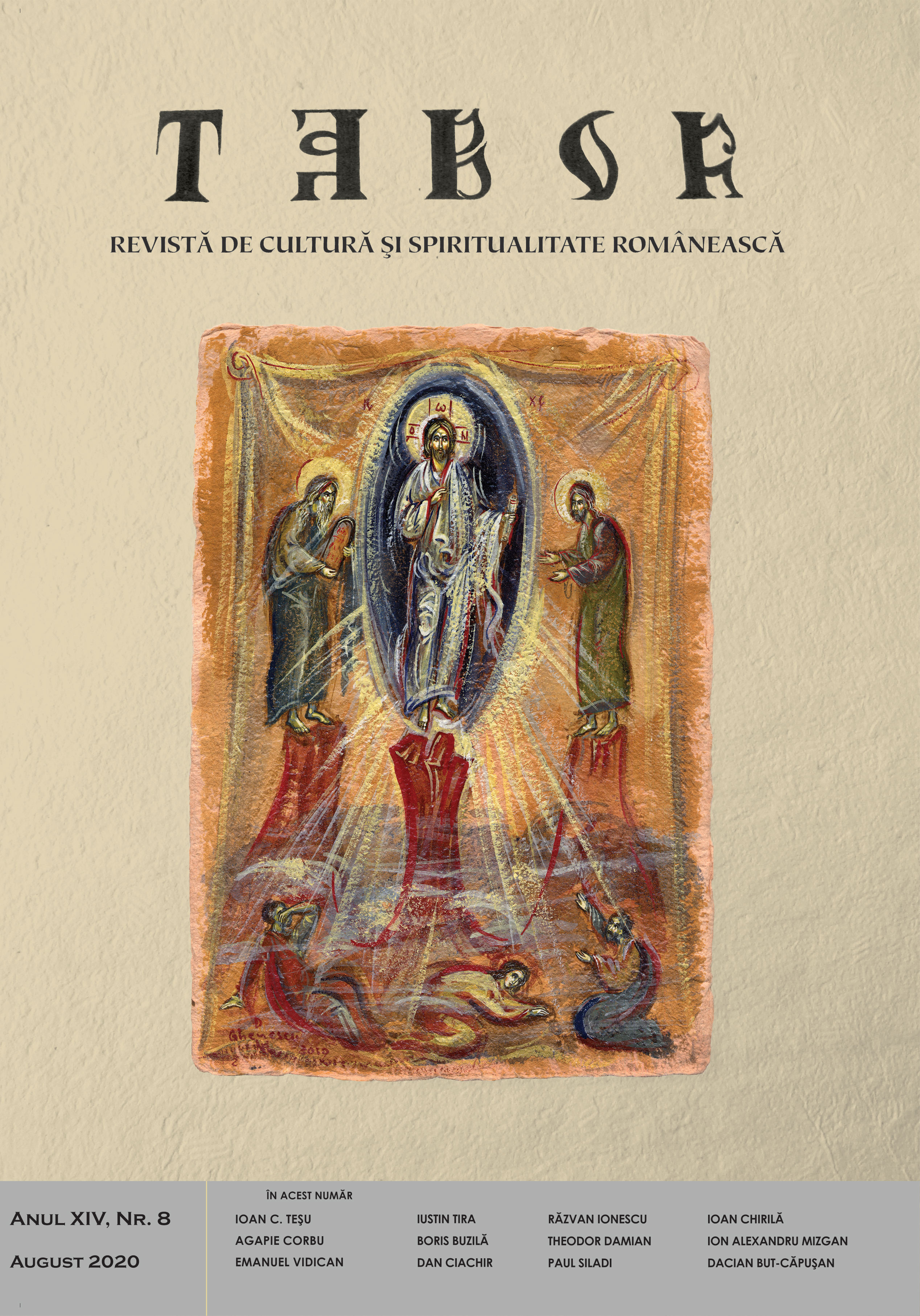Cultul şi limba la români
Cult and language in Romanian People
Author(s): Emanuel VidicanSubject(s): History of Church(es), Cultural Anthropology / Ethnology
Published by: Renaşterea Cluj
Keywords: cult; language; Romanians; Nicolae Iorga; Slavic peoples; deacon Coresi; Metropolitan Varlaam; Metropolitan Dosoftei; Metropolitan Antim
Summary/Abstract: In the 11-13th centuries, around the territories inhabited by Romanians, there were strong states, formally organized under church aspect too. The predominant ones were those of Byzantine tradition and orientation and Slavic language, which, although related to the papacy, had a strong Byzantine hierarchy and a large Orthodox population. All these facts strongly influenced the Romanians, who gradually switched to the Slavic liturgy. Cultural slavicism or the use of the Slavonic language in printed, religious, historical and literary works became anachronistic at the end of the Middle Ages. The beginnings of the culture written in Romanian occurred in the 15th century, with the appearance of religious texts in Transylvania, the region with the strongest western influences. Thus in the 17th century, after several centuries of cultural and ecclesiastical slavicism, the Romanian people adapted their culture with its neo-Latin specificity.
Journal: TABOR. Revistă de cultură şi spiritualitate românească
- Issue Year: XIV/2020
- Issue No: 08
- Page Range: 16-23
- Page Count: 8
- Language: Romanian
- Content File-PDF

